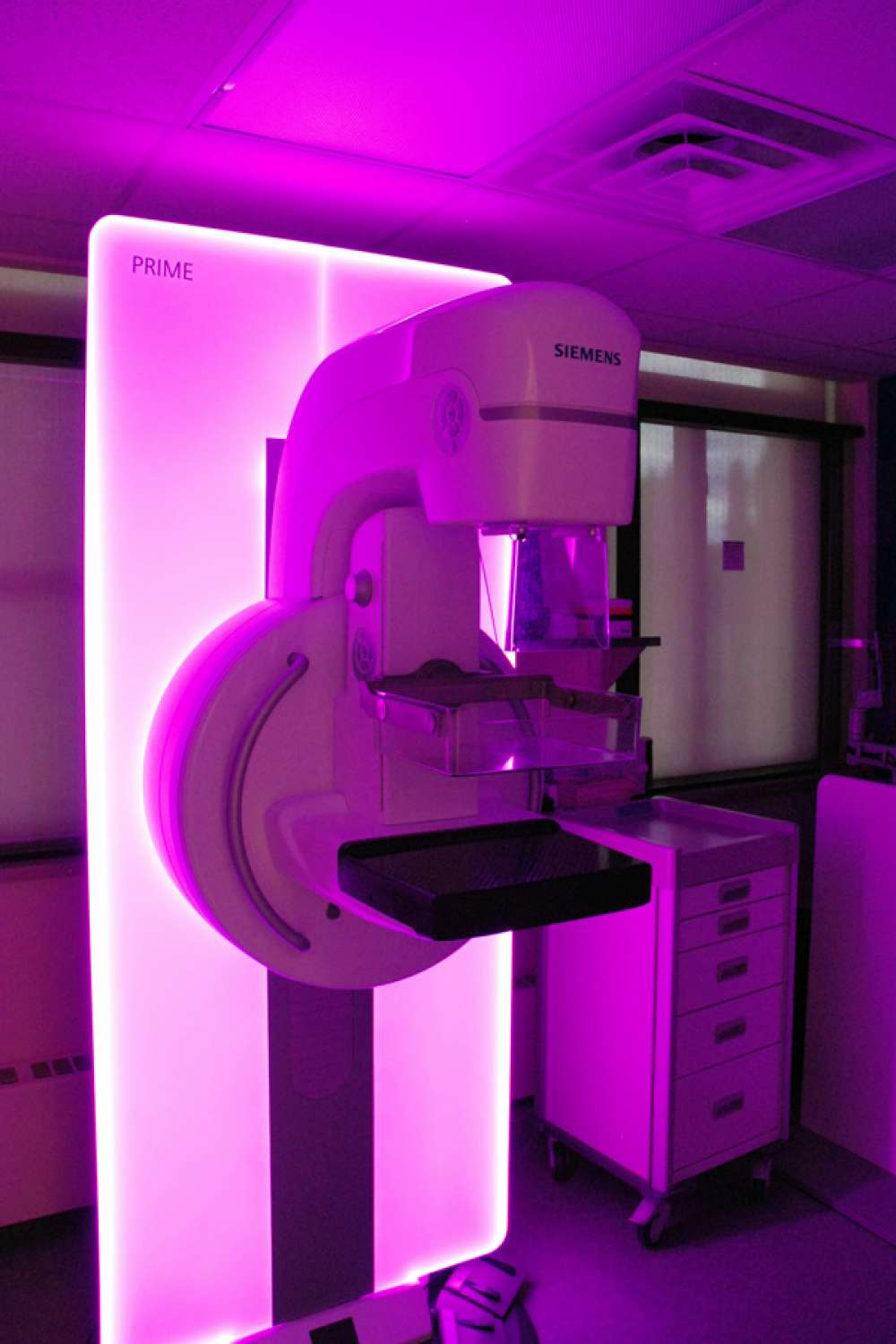
October is Breast Cancer Awareness Month. The Waterloo Wellington Regional Cancer Program, in partnership with Cancer Care Ontario, encourages women between the ages of 50 and 54 to talk with their healthcare providers about getting screened regularly with a mammogram through the Ontario Breast Screening Program (OBSP).
“We want women to understand how important it is that they start having screening with mammograms as soon as they turn 50 and to continue with regular screening. Women have the convenience of having their screening at any of the 11 OBSP sites in our region and can even self refer,” said Dr. Samantha Fienberg, the breast imaging lead for Waterloo Wellington.
The Waterloo Wellington Regional Cancer Program, in partnership with the OBSP, provides high-quality breast screening to two groups of women:
- Most women ages 50 to 74 are screened every two years with mammography.
- Women ages 30 to 69 who are at high risk of getting breast cancer are screened once a year with a mammogram and breast magnetic resonance imaging (MRI).
Here are five things you need to know about breast cancer:
- Breast cancer is the most common cancer in Ontario women. One in eight women will be diagnosed with breast cancer in her lifetime. Breast cancer happens mostly in women ages 50 to 74 (61 percent of cases). Regular breast cancer screening is important because it can find cancer early, when it may be smaller and easier to treat.
- Limiting alcohol can reduce your risk. A healthy lifestyle, including limiting alcohol, can reduce your risk of breast cancer. Other factors that may lower a woman’s chance of getting breast cancer are not smoking or using tobacco products, having a healthy body weight, and being physically fit.
- Breast cancer has one of the highest survival rates out of all of the cancers in Ontario. Studies show that regular mammograms lower the risk of dying from breast cancer in women ages 50 to 74. Deaths from breast cancer in the Ontario population went down by about 42 percent for women ages 50 to 74 from 1990 to 2012. This decrease in deaths is probably due to breast cancer treatment getting better and also, women getting screened with mammograms.
- More than 35,000 breast cancers have been found by the Ontario Breast Screening Program (OBSP) through mammography, most of which were in early stages. As of July 2016, over 1.7 million women ages 50 to 74 had a mammogram through the OBSP, resulting in more than 6.8 million mammograms completed. The OBSP recommends that most women ages 50 to 74 be screened every two years with mammography. Regular screening reduces the chance of missing a breast cancer.
- Changes in the breast are not always signs of cancer. All women – regardless of age or risk factors – should be breast aware. This means knowing how your breasts normally look and feel so you can tell if there are changes.


